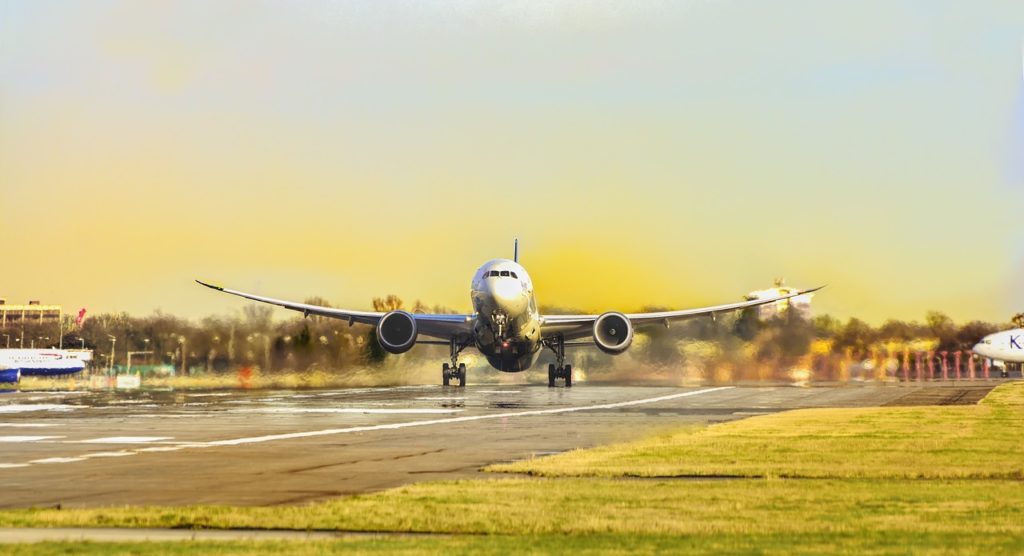Aviation Safety Reaches New Heights
The aviation industry has been on a steady path of improved safety statistics for several decades.
Posted: January 17, 2018
By:

This remarkable statistic was reported by the Netherlands-based Aviation Safety Network (ASN), an independent organization monitoring worldwide airliner accidents and safety issues. ASN declared 2017, “the safest year ever for commercial aviation”, a remarkable achievement considering commercial airlines carried over four billion passengers last year.
The aviation industry has been on a steady path of improved safety statistics for several decades. Enhanced regulations, engineering, and training procedures have all contributed to making modern commercial air travel the world’s safest means of transportation.
2017 was not without its share of incidents and near-misses. An Airbus A380 operated by Air France lost the fan and cowling from one of its engines during a transatlantic flight in September. In July, an Air Canada flight descending into San Francisco narrowly avoided landing on a crowded taxiway when air traffic controllers ordered pilots to abort.
Meanwhile, the ASN statistics don’t include private aircraft, cargo, or military transport, sectors which did see fatal accidents during 2017. In January of last year, a Turkish cargo jet navigating dense fog crashed into a Kyrgyzstan village, killing 35 people on the ground. In July, a U.S. Marine Corps KC-130 went down in Mississippi, killing 15 marines and one Navy sailor.
These tragic incidents underscore the hazards that will always be inherent with air travel. But according to ASN, even when including military and non-commercial aircraft, the total number of fatalities and fatal accidents in 2017 were, “Still the lowest numbers in modern aviation history.”

Here at LSPT, we are proud of the role our technologies play in making aircraft and aircraft engine parts stronger and more robust. Our Laser Peening Process protects critical aircraft components from damage, cracking, and failure, while our Laser Bond Inspection method will ensure the composite airframes of the future are reliable and safe.
Let’s keep the momentum going and make 2018 another landmark year for aviation safety.
Contact LSP Technologies to learn more about Laser Peening for metal fatigue enhancement, and Laser Bond Inspection for nondestructive adhesive bond strength evaluation.
Interested in Seeing More?
Tell us about your application, material, or failure mechanism and we will have one of our experts reach out to you. Our extensive library of research and years of experience gives us a unique advantage to apply a finite element analysis to help diagnose the best application for your situation.

